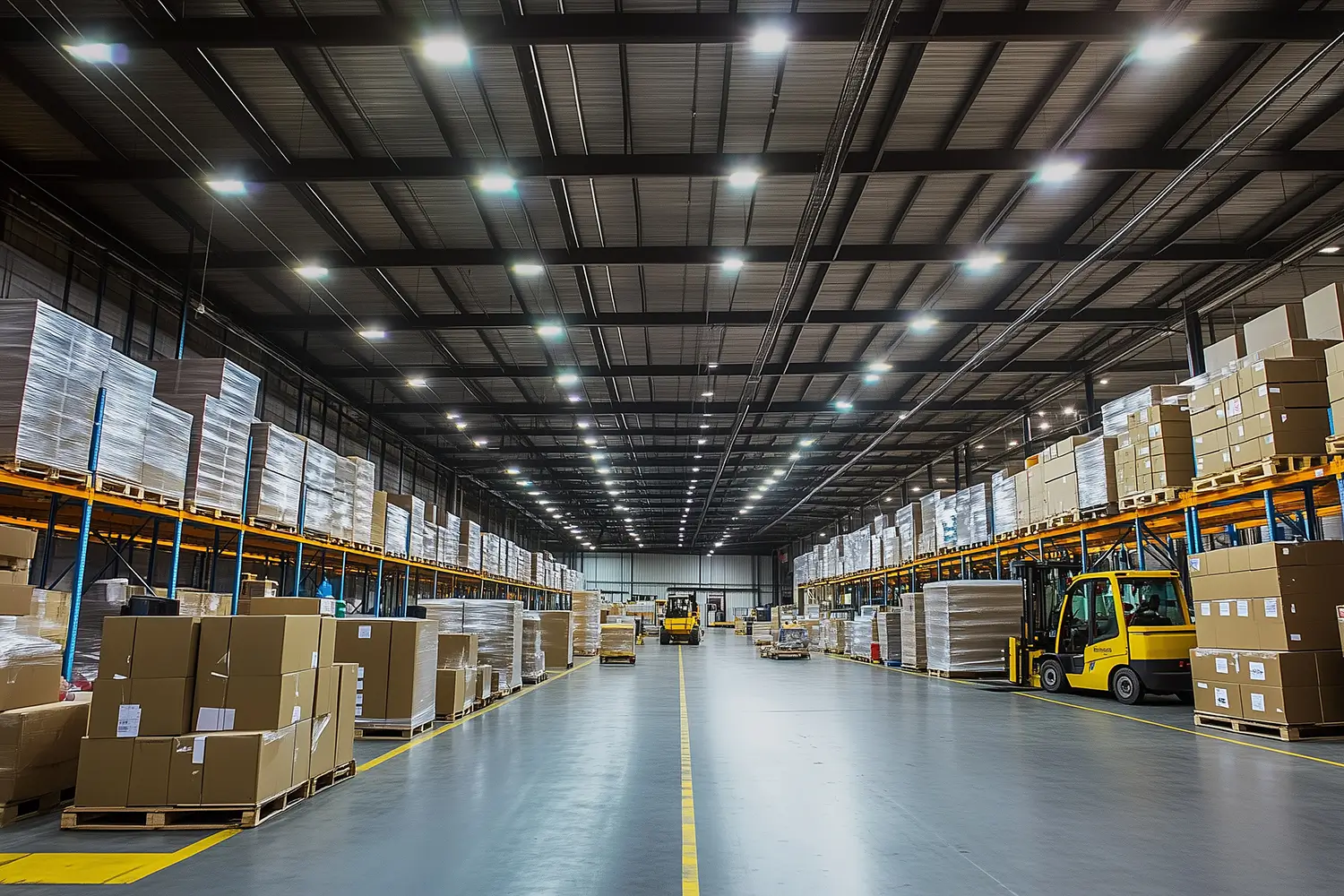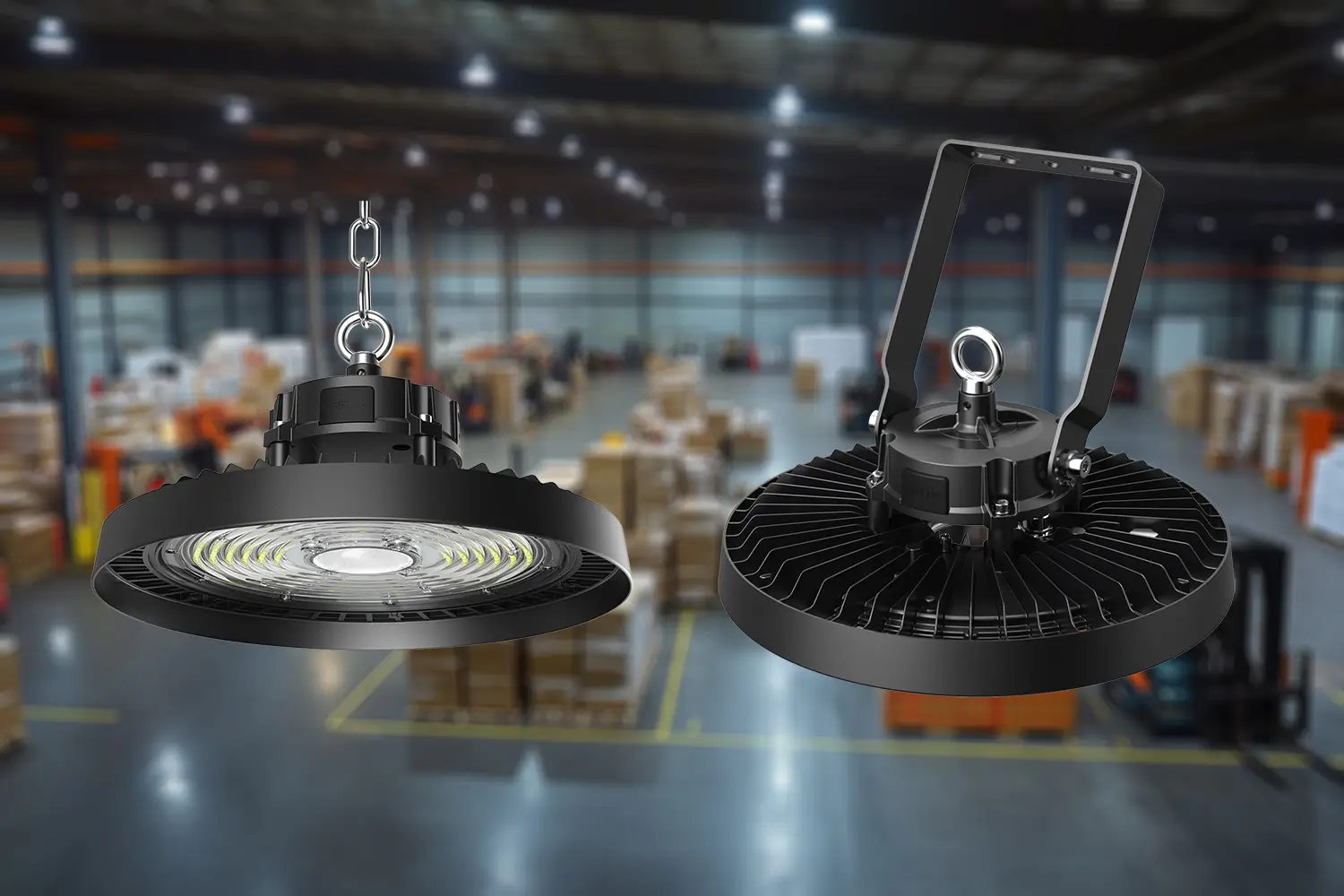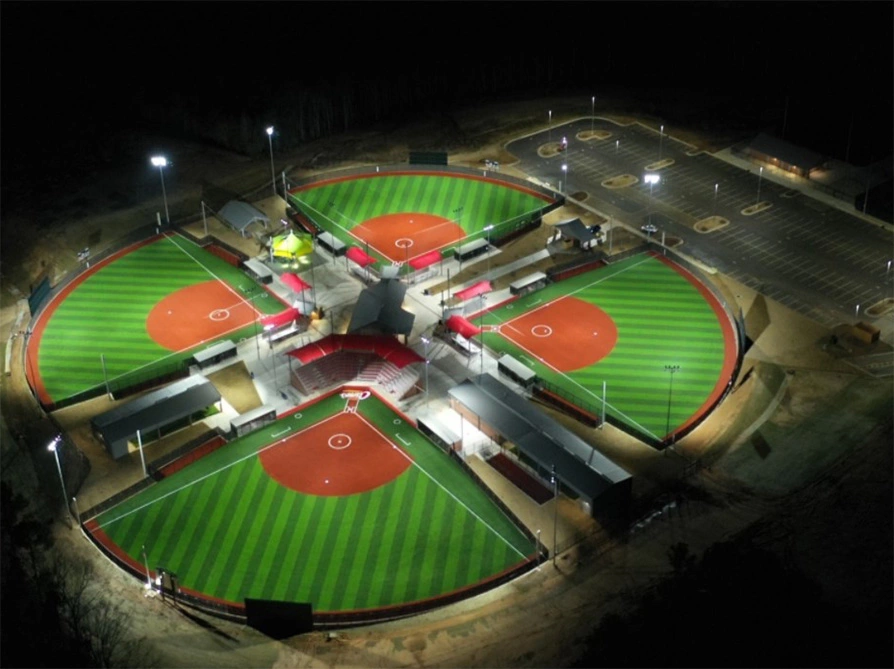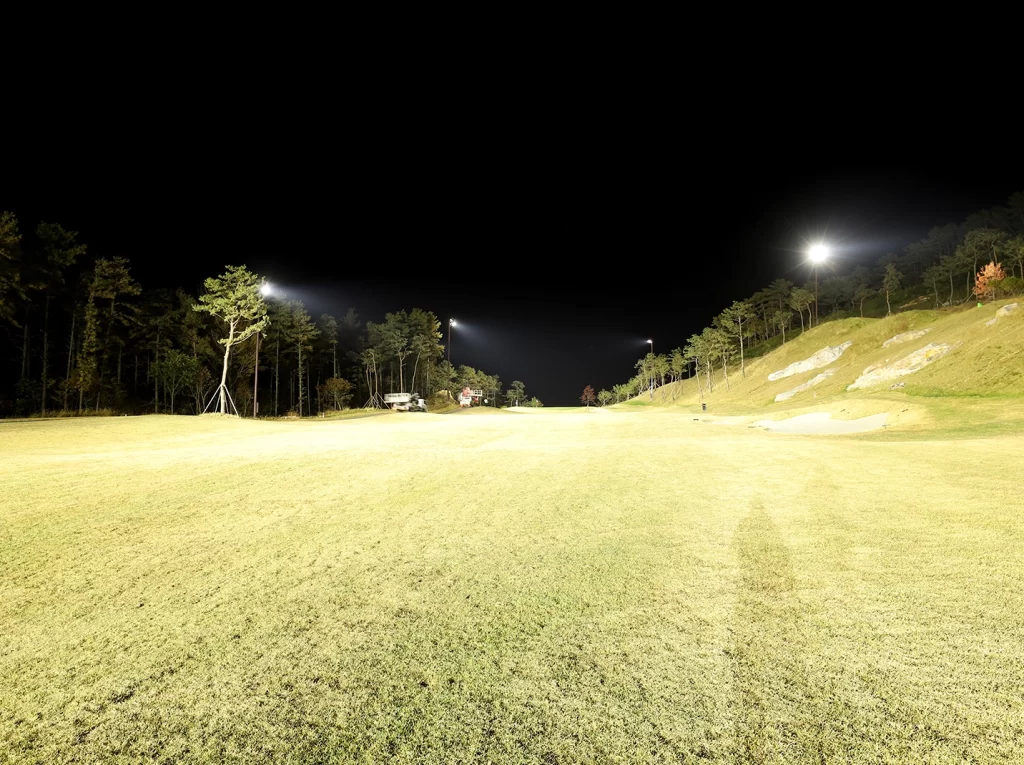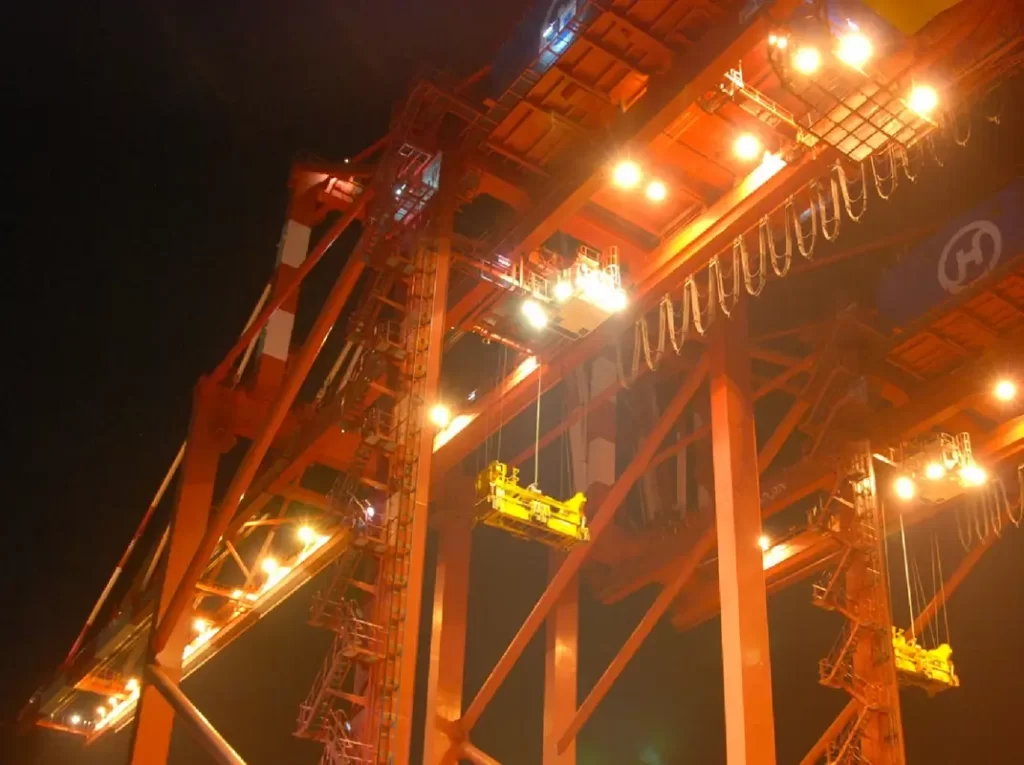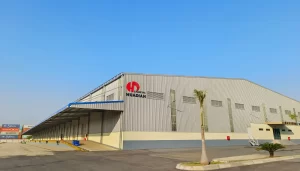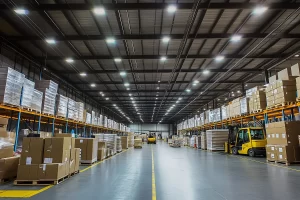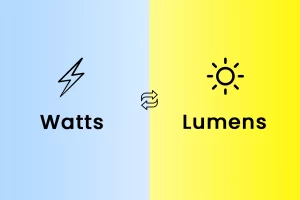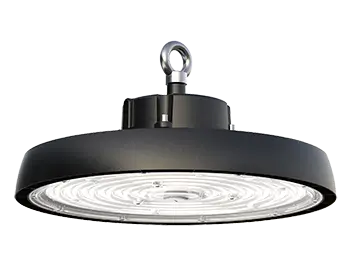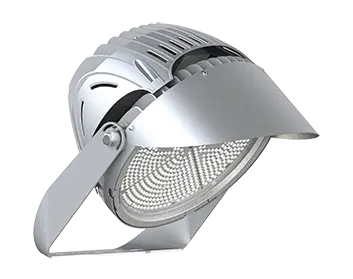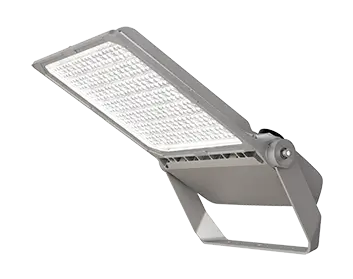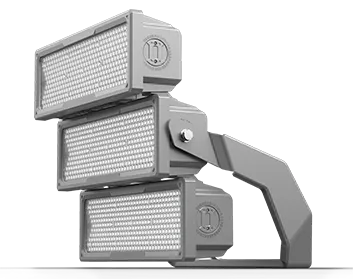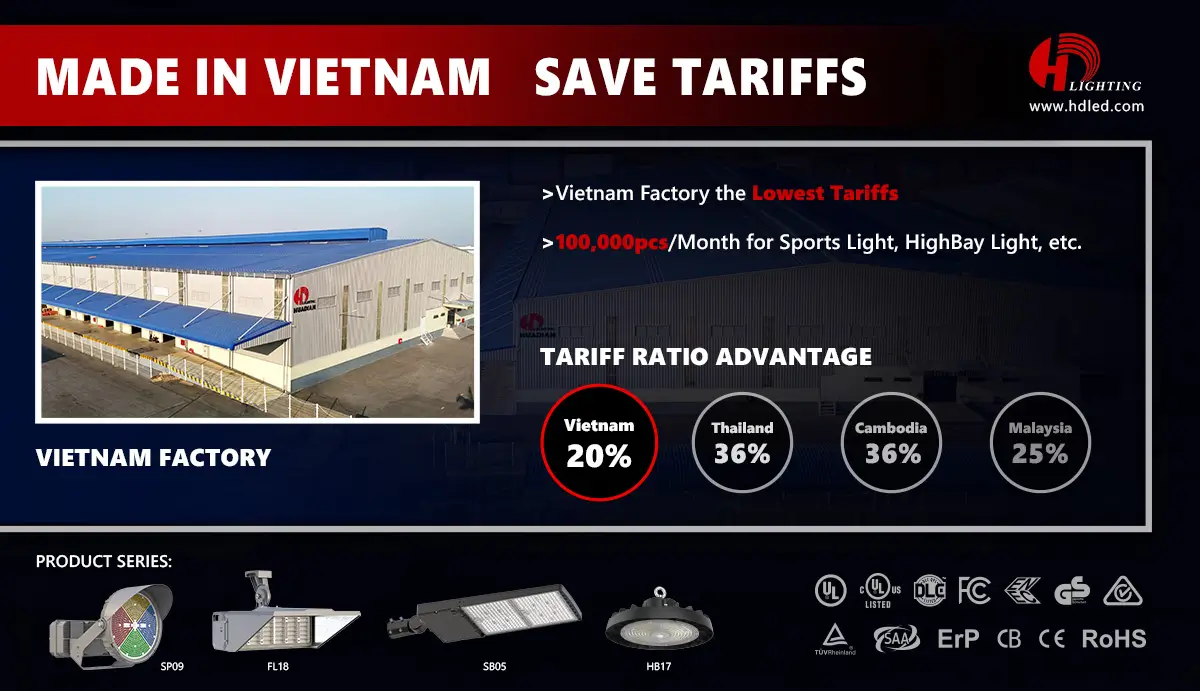LED high bay lights are essential for efficiently illuminating large indoor spaces like warehouses, factories, gymnasiums, and retail stores. However, choosing the wrong lighting solution can result in poor visibility, higher energy bills, and frequent maintenance issues. To help you make the best investment, here are 10 key questions to ask before buying LED high bay lights:
1. What Is the Height of the Ceiling?
The ceiling height directly affects the type of high bay light you need. For ceilings between 15 to 40 feet high, LED high bays are designed to project bright, concentrated light to cover the area effectively. Be sure to match the lumen output and beam angle with your ceiling height.
2. How Much Brightness (Lumens) Do I Need?
Brightness is crucial for maintaining a safe and productive environment. Generally, the higher the ceiling, the more lumens you will need. Warehouses, for example, may require between 10,000 and 40,000 lumens per fixture depending on the application and workspace requirements.
3. What Is the Energy Efficiency (Lumens per Watt)?
Energy efficiency impacts your operating costs over time. Look for LED high bay lights that offer a high lumens-per-watt ratio—ideally above 130 lm/W—to ensure you get maximum brightness with minimal energy consumption.
4. What Type of High Bay Light Is Best for My Space?
There are two main types of high bay lights:
- Round (UFO) High Bays: Compact and ideal for open areas.
- Linear High Bays: Suitable for aisles and larger spaces with a rectangular layout.
Choosing the right type enhances uniformity and reduces the number of fixtures needed.
5. What Is the Color Temperature?
Color temperature (measured in Kelvin) affects the look and feel of the space.
- 4000K produces a neutral white light ideal for retail spaces.
- 5000K offers a cool white light often preferred in industrial settings for better visibility and alertness.
6. What Is the Color Rendering Index (CRI)?
A CRI above 80 is generally recommended for industrial and commercial applications. A higher CRI improves color accuracy, helping workers distinguish items and read labels more easily, which can improve productivity and safety.
7. Is the Fixture Durable and Suitable for My Environment?
In industrial settings, lighting fixtures must endure heat, dust, moisture, and even vibrations. Look for lights with a high IP rating (e.g., IP65 or higher) and rugged construction to ensure long-term durability.
8. What Control Options Are Available?
Modern high bay lighting often comes with smart control features such as motion sensors, daylight harvesting, and wireless dimming. These options can dramatically increase energy savings and allow for more flexible use of the space.
9. What Is the Lifespan and Warranty?
High-quality LED high bays typically offer lifespans of 50,000 hours or more. A strong warranty—ideally 5 years or longer—provides extra assurance that your investment is protected against premature failures.
10. How Easy Is Installation and Maintenance?
Fixtures that are lightweight, have plug-and-play wiring, and offer multiple mounting options (hook, pendant, surface mount) simplify the installation process. Ease of maintenance should also be a consideration, especially in facilities where downtime must be minimized.
Conclusion
Selecting the right LED high bay lights is about more than just picking the brightest fixture at the lowest price. It requires a thoughtful evaluation of your space, energy goals, and long-term performance needs. By asking these critical questions, you can make a smart, cost-effective choice that enhances both the functionality and efficiency of your facility.


